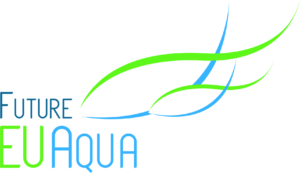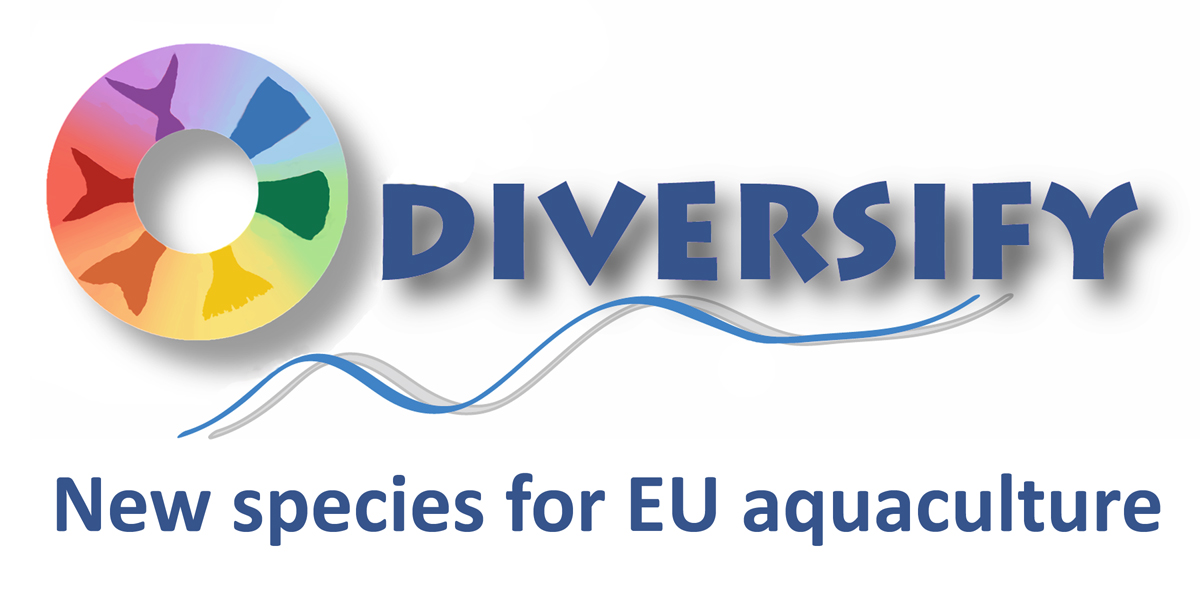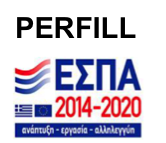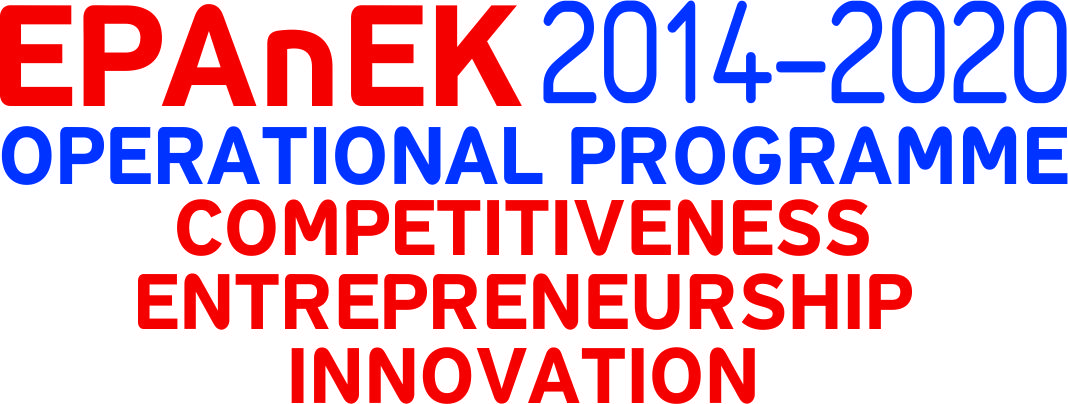Fish quality and safety
People involved
| Facilities |
Key research areas
Impacts of feeding and aquaculture management in end-product quality, Optimizing quality of farmed fish and Product development, detect important safety hazards
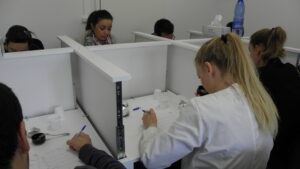
Since most aquaculture production is destined for human consumption the product quality is a capital issue. Quality can be defined as the fulfillment of 4 pillars: Safety, Healthiness, Satisfaction and Serviceability. For fish specifically, a 5th term can be introduced, namely Freshness.
IMBBC has developed activities which focus on certain capital aspects of fish and seafoοd quality with emphasis on Mediterranean aquaculture.
Impacts of feeding and aquaculture management in end-product quality
Studies in nutritional and sensory quality of produced fish in relation to the dietary / farming history. Traceability of produced fish based on edible tissue fatty acids.
Sensory, chemical and microbiological freshness
Detecting high-quality shelf life and total shelf life of fish. Factors affecting freshness and prolongation of shelf life.
Solving technical issues in produced quality
Research for assisting production-sector to overcome certain emerging quality issues (e.g. fillet gaping)
Enhancing quality through light-processing techniques
Development and use of edible membranes to prevent oxidation processes in seafood and prolong shelf life.
Optimizing quality of farmed fish and product development
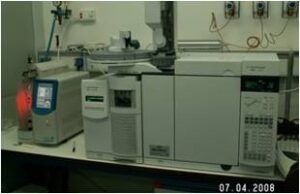 Quality comparison of farmed and wild counterparts. Studies on sensory differences, chemical differences, consumer acceptance of fish and products. Research on seafood aroma and volatile compounds.
Quality comparison of farmed and wild counterparts. Studies on sensory differences, chemical differences, consumer acceptance of fish and products. Research on seafood aroma and volatile compounds.
Development of novel methods of assessing fish quality in general and freshness in particular, with emphasis on rapid non-destructive techniques.
Moreover, IMBBC has developed technologies capable of detecting important safety hazards in aquacultured and seafood in general products including:
- Zoonotic parasites such as intestinal nematodes (Anisakidae)
- Pathogenic bacteria such as Vibrio spp., E Coli, total bacterial counting etc.
- Veterinary drug residues such as antibacterials & antiparasitics
- Biological toxins such as scombrotoxins
- Heavy metals
Related Content
Recent Posts
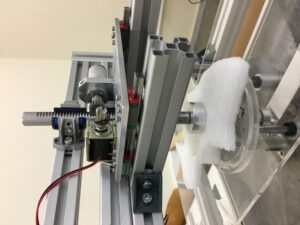
 Within the research priority of Rapid non-destructive quality control, a method for evaluating fish freshness has been developed for the aims of FresQo project. The aforementioned project, under the coordination of ATHENA research center (https://www.athenarc.gr/el/institoyto-pliroforiakon-systimaton/projects/metritis-nopotitas-psarion) and with the participation of Forth-Crete and University of Patras has developed a novel method for identifying fish freshness. This technology has used Artificial Inteligence to process data derived from an hyperphasmatic camera pictures taken on fish or other seafood. This methodology is useful for objectively and accurately assessing fish/seafood freshness, regardless the species, overall characteristics (size, origin etc) and site. This is feasible since beyond other characteristics, it is portable and data are rapidly transferred to the database to be processed. Objectivity, versatility, rapidity and contactless application to the fish / seafood, are the main advantages of this novel method. FresQo by the completion of the project has managed to be financed by Science Agora innovation platform for further development, while the continuation forsees the creation of a start-up company to exploit this technology.
Within the research priority of Rapid non-destructive quality control, a method for evaluating fish freshness has been developed for the aims of FresQo project. The aforementioned project, under the coordination of ATHENA research center (https://www.athenarc.gr/el/institoyto-pliroforiakon-systimaton/projects/metritis-nopotitas-psarion) and with the participation of Forth-Crete and University of Patras has developed a novel method for identifying fish freshness. This technology has used Artificial Inteligence to process data derived from an hyperphasmatic camera pictures taken on fish or other seafood. This methodology is useful for objectively and accurately assessing fish/seafood freshness, regardless the species, overall characteristics (size, origin etc) and site. This is feasible since beyond other characteristics, it is portable and data are rapidly transferred to the database to be processed. Objectivity, versatility, rapidity and contactless application to the fish / seafood, are the main advantages of this novel method. FresQo by the completion of the project has managed to be financed by Science Agora innovation platform for further development, while the continuation forsees the creation of a start-up company to exploit this technology.








